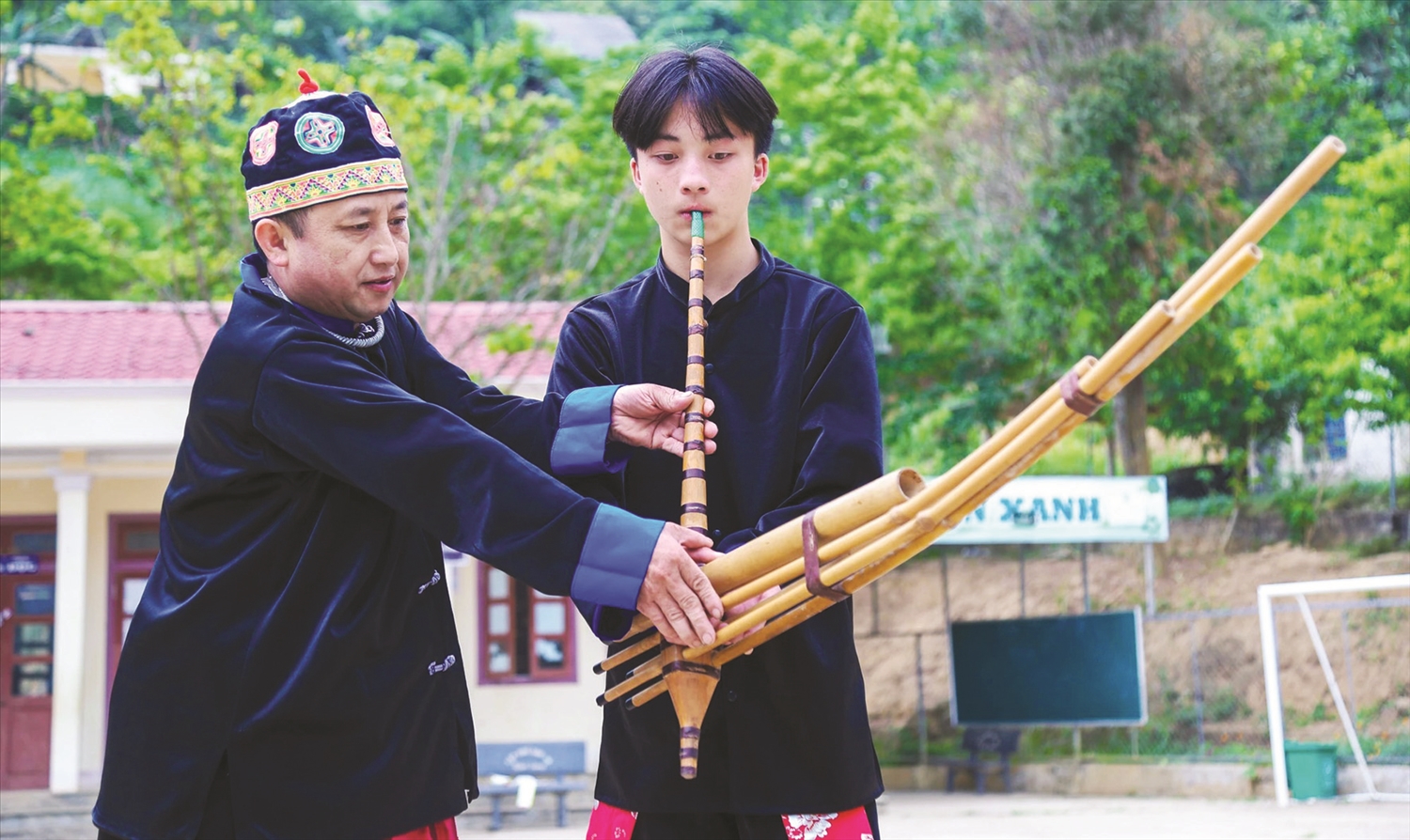
Folk artist Vu Lau Phong in Huoi Giang 1 village, Tay Son commune, Ky Son district, Nghe An province said that the Mong people in the border of Nghe An consider the panpipe as the most precious spiritual child of their people. Mr. Phong was taught how to play the panpipe by his grandfather and father Vu Pa Lia since he was a boy of over 10 years old. Mr. Phong's family has had three generations of Mong panpipe players, famous throughout the Ky Son area.
For Mr. Vu Lau Phong, the sound of the panpipe has permeated his soul since he was in the cradle, carried on his mother’s back, and went to the fields with his father. But it was not until he was 10 years old that he officially became a “soul mate” with the panpipe. His passion for traditional musical instruments and innate talent laid a solid foundation for Mr. Phong to stick with the panpipe for more than 40 rice seasons.
Among the traditional musical instruments of the Mong people such as leaf trumpet, jaw harp (da), tra lien do (vertical flute), tra blai (horizontal flute), plùa tô (two-string fiddle), tra sua ị (bird-calling flute)..., Mr. Phong can play 10 musical instruments, but is best at playing the khene and flute. He confided: "Khên and flute are difficult instruments to play well, because when playing, you have to regulate your breathing to have the desired sound."
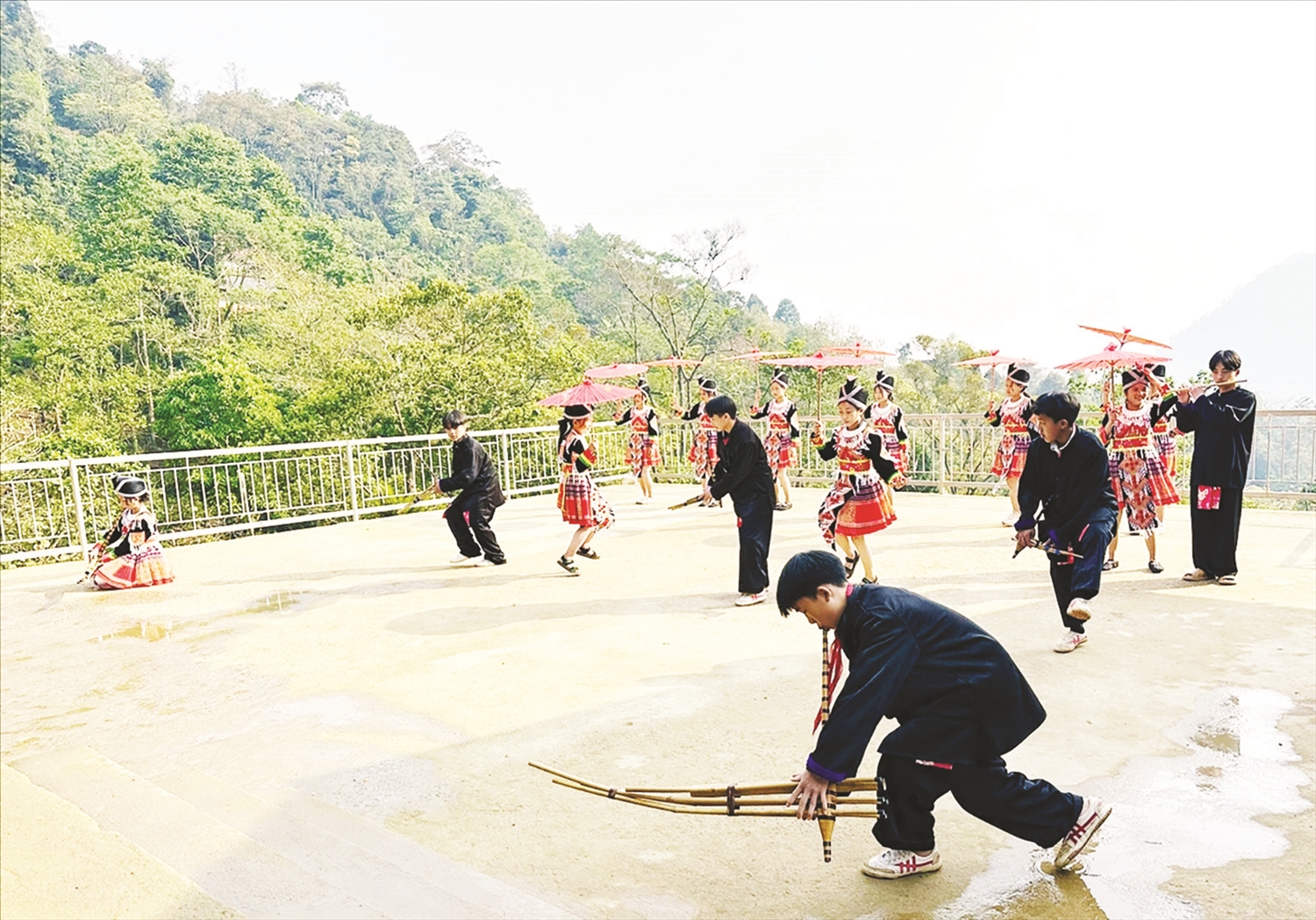
Leaving Huoi Giang 1, we arrived at Pha Noi, Muong Tip commune, Ky Son district - a village precariously located next to a small stream with houses made of dark brown sa mu wood. Suddenly, from somewhere, we heard the deep and high-pitched sound of a panpipe, sometimes intimate and sometimes resounding. Following the sound of the panpipe, we wandered into the house of a young father, playing a panpipe, next to him were two small children.
When a guest came, the young father stopped playing and said hello. That young father was Va Ba Di, just over 30 years old but he was the best at playing the flute in Pha Noi village.
“When did you learn to play the flute?” We started the conversation. “I’ve loved it since I was a kid, about this high,” he pointed to his waist. “Almost 10 years old!”
And Ba Di said that the Mong people have many Khen dances. A person who is considered good at Khen dance must know how to play and dance at least 6 Khen dances. The simplest Khen dance is called "Ton Di". Learning this Khen dance is not easy, because it is the first exercise. Mastering the Khen and the notes is already an arduous journey, for beginners, playing the music is even more difficult.
A good flute player does not necessarily dance well. The dances seem simple at first glance, but to practice them well requires a lot of effort and perseverance. My aunt said: "When I first started practicing flute dancing, just the dance of blowing the flute and kicking my feet back or forward took me a full moon to practice."
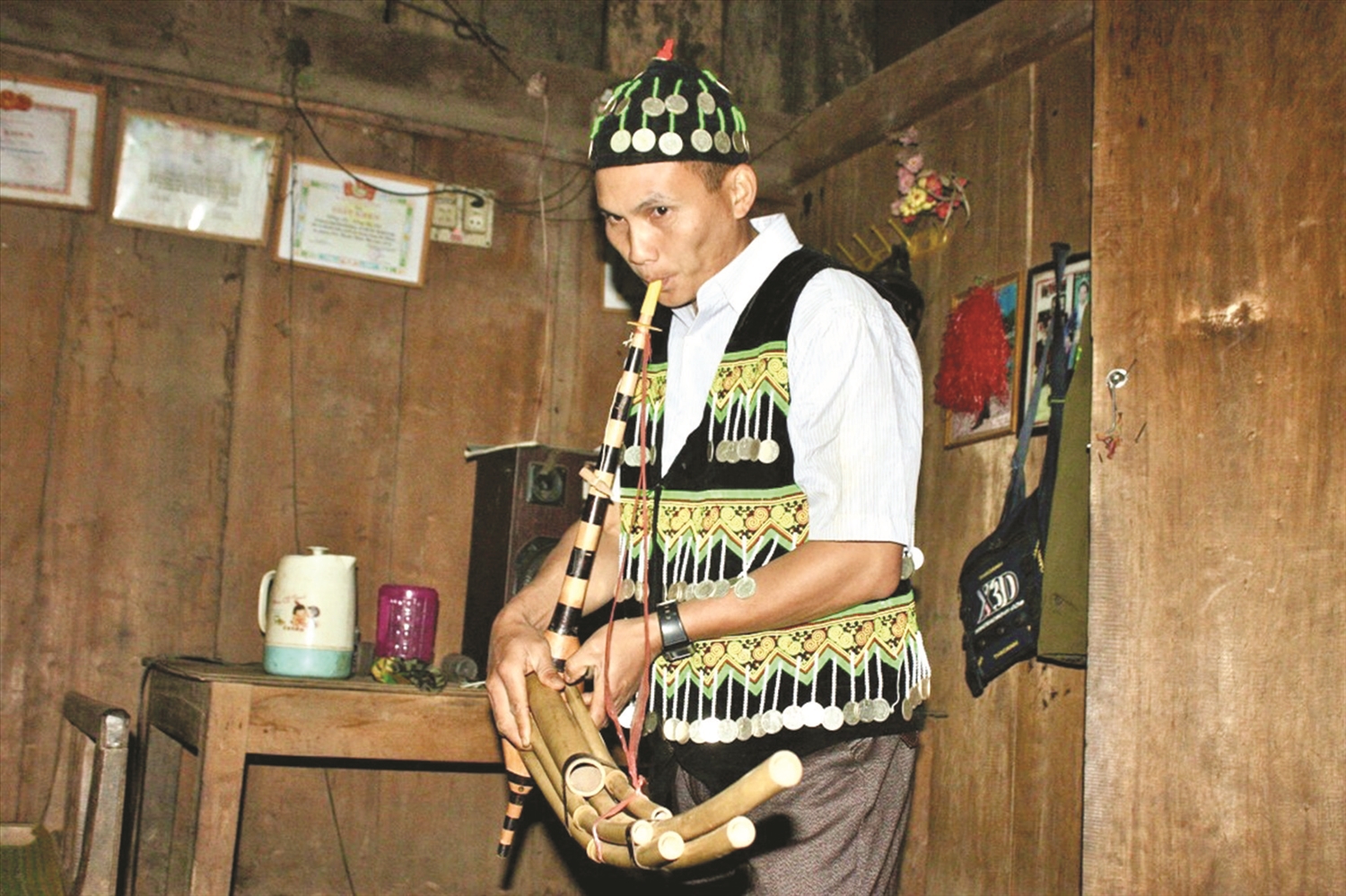
Up to now, the most difficult Khen dance is the movement of blowing the Khen while rolling forward and then rolling backward, which is no longer difficult for Va Ba Di. The dances that only involve swinging the arms and legs to the rhythm of the music, or swinging the legs while walking in a circle… are all very simple. “The Khen dances require the practitioner to be both skillful and strong, because while dancing, the Khen melody must continue to play without interruption. If the music stops, the dance becomes meaningless,” explained Di.
In the Mong villages in the highland districts of the Western Nghe An region such as Ky Son, Tuong Duong, Que Phong, etc., the sound of the Khen and the Khen dance have long become a part of the nation’s soul. The sound of the Khen is lively and exciting during happy days, festivals, weddings, etc., and sad during funerals, etc.
Following the flow of modern life, the sound of the Khen and the Khen dance are not outside the law of mixing and fading... That is also the concern of artisans who love national culture in the journey to find young people to pass on the heritage today.



![[Photo] Unique folk games at Chuong Village Festival](https://vstatic.vietnam.vn/vietnam/resource/IMAGE/2025/4/10/cff805a06fdd443b9474c017f98075a4)
![[Photo] Phuc Tho mulberry season – Sweet fruit from green agriculture](https://vstatic.vietnam.vn/vietnam/resource/IMAGE/2025/4/10/1710a51d63c84a5a92de1b9b4caaf3e5)
![[Photo] Prime Minister Pham Minh Chinh chairs meeting to discuss tax solutions for Vietnam's import and export goods](https://vstatic.vietnam.vn/vietnam/resource/IMAGE/2025/4/10/19b9ed81ca2940b79fb8a0b9ccef539a)


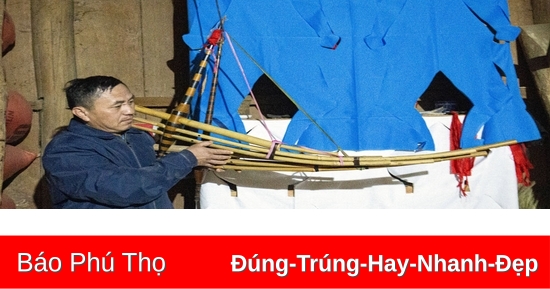


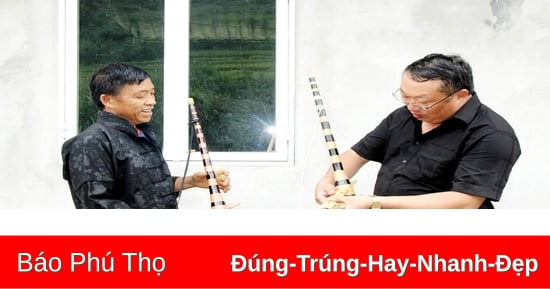

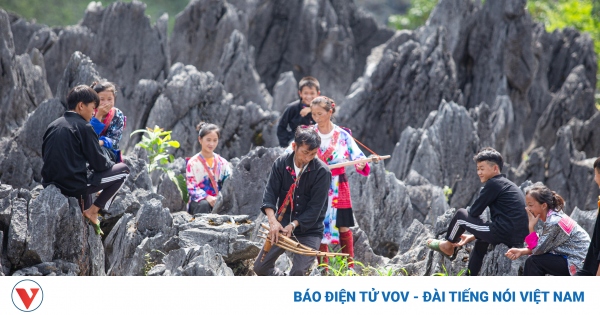











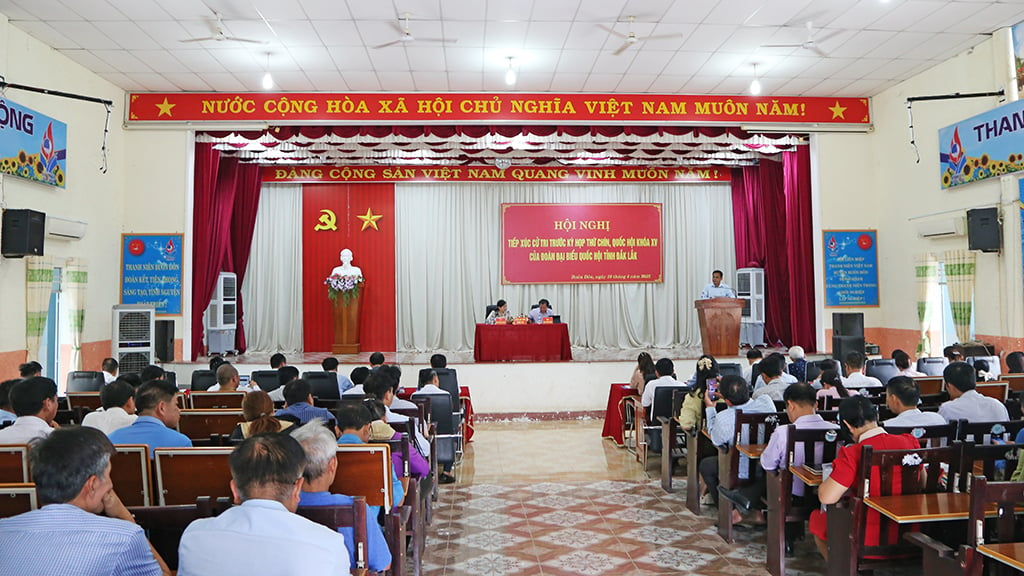
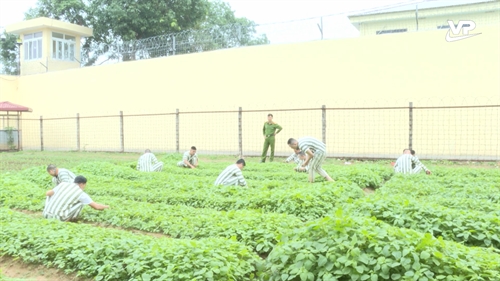
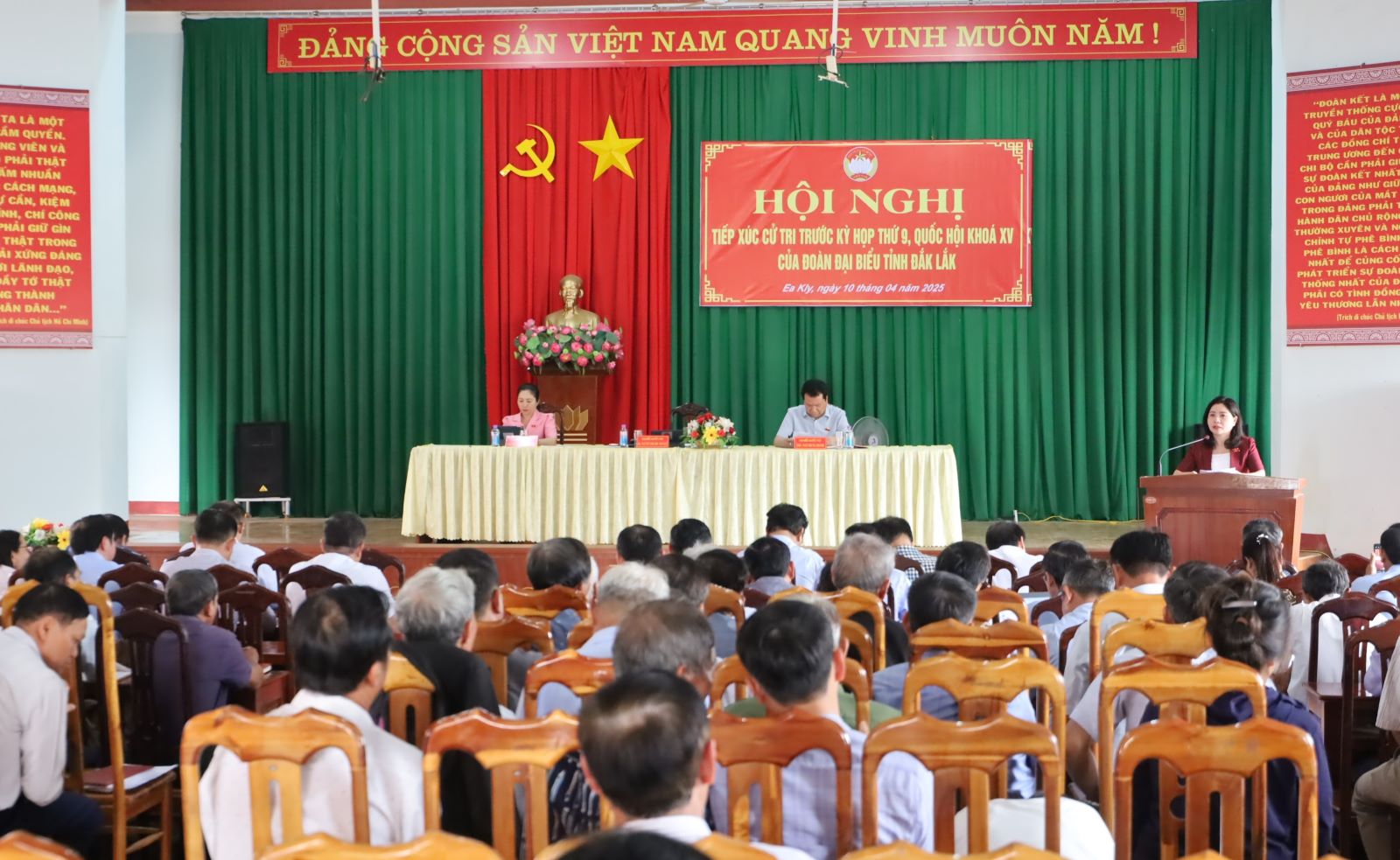
![[Infographic] Diverse activities of the 4th Dong Thap Province Book and Reading Culture Day in 2025](https://vstatic.vietnam.vn/vietnam/resource/IMAGE/2025/4/10/a5f00b7d966a475d891f3c3e528c9a66)


















































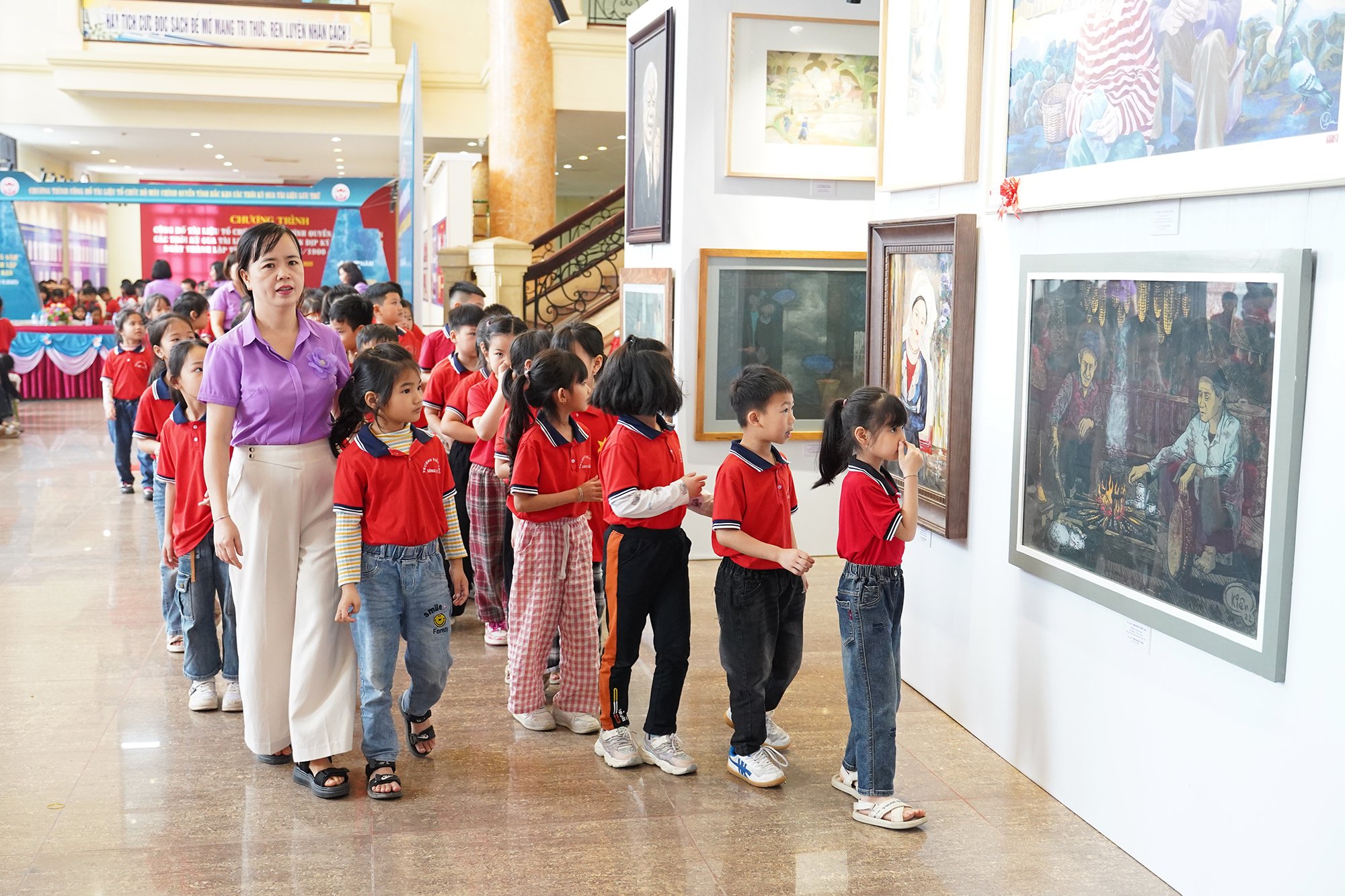


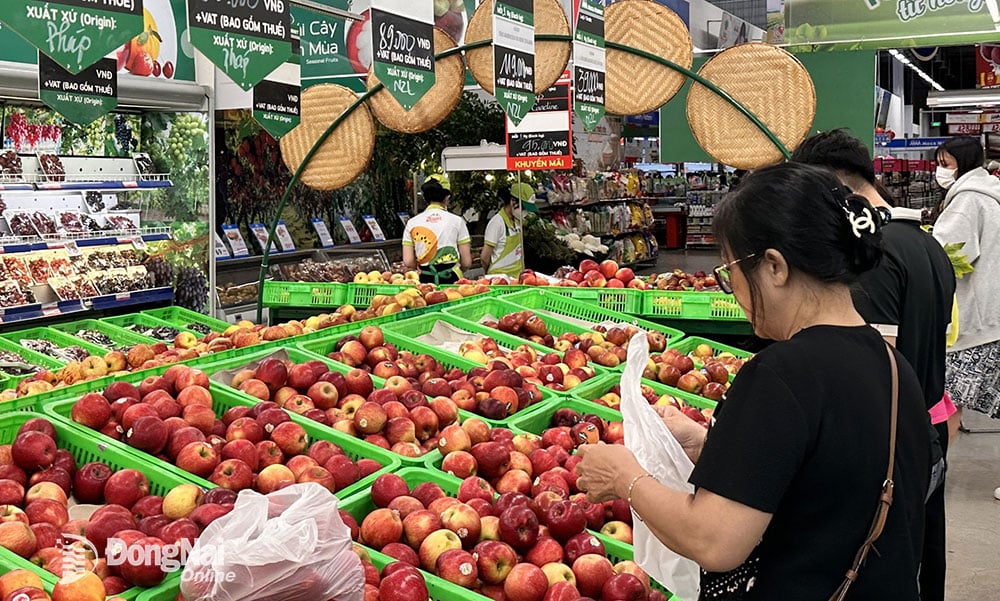
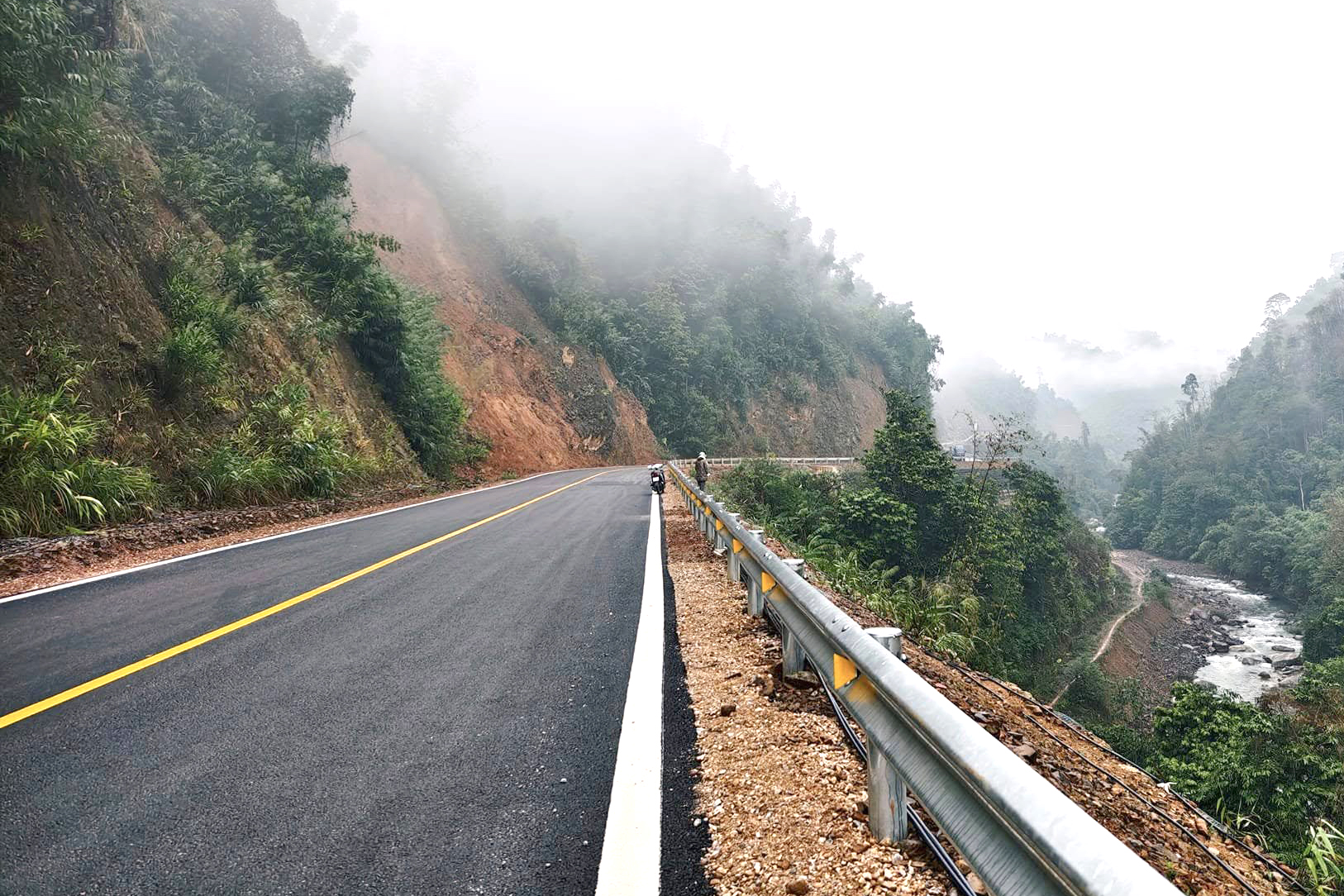








Comment (0)